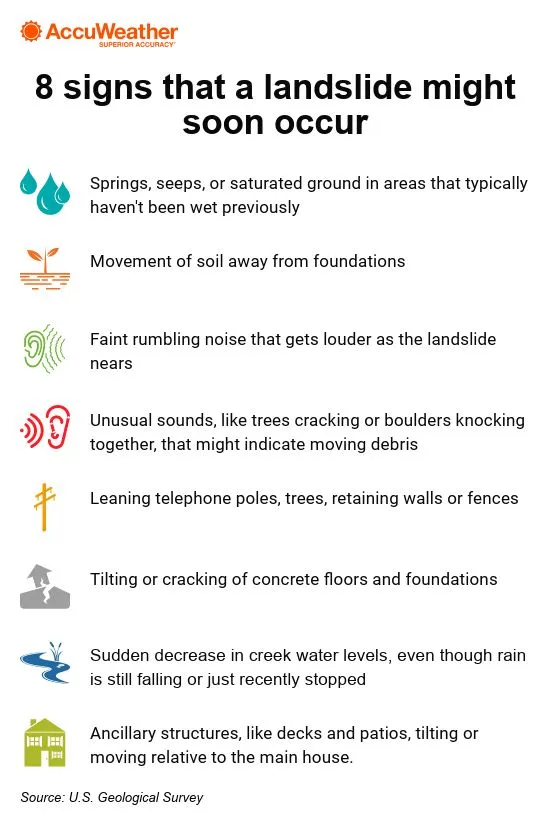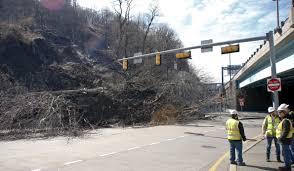Landslides, the movement of rock, debris, or earth down a slope, can occur anywhere in the U.S. While they claim an average of 25 to 50 lives annually, global fatalities reach thousands, according to the U.S. Geological Survey (USGS). Dr.
Dalia Kirschbaum, a landslide research scientist at NASA, notes that regions such as the Himalayan Arc, the Philippines, and parts of South America experience frequent landslides due to factors like rainfall, earthquakes, and human activity.
Temperature fluctuations and fire-damaged landscapes also heighten the risk. The American Red Cross stresses the importance of understanding local landslide risks, as these events often occur in areas with past occurrences. Recognizing warning signs can help prevent harm when a landslide is imminent.
Read More: 8 Warning Signs That a Landslide Could Be Imminent
Warning Signs of an Impending Landslide
Recognizing the warning signs of a landslide is crucial for staying safe, especially in areas prone to these natural events.
Tom Heneghan from the American Red Cross advises that if you’re near a stream or channel, be alert for sudden changes in water flow or water turning from clear to muddy, as this could indicate debris flow upstream, signaling the need to move quickly.
Drivers should also be cautious on the road, keeping an eye out for collapsed pavement, mud, and fallen rocks, which can all point to potential debris flow. Dr. Dalia Kirschbaum from NASA highlights that continuous or increasing cracks on a slope may signal an impending landslide, as can unusual sounds like cracking or popping.
In fact, the 2014 Oso, Washington landslide was preceded by reports of such noises as the hill slowly deformed. Areas that have experienced landslides in the past or have certain features, such as leach field septic systems or steep slopes, are at a heightened risk.

The U.S. Geological Survey (USGS) warns that these locations, along with minor drainage hollows, are particularly susceptible. If you observe any signs of disturbance in these areas, it is important to contact local engineering or environmental groups for further investigation to assess the risk of a potential landslide.
Frequently Asked Questions (FAQs)
What causes a landslide?
Landslides occur when rock, debris, or earth moves down a slope due to factors like heavy rainfall, earthquakes, volcanic activity, or human activities like construction. Other triggers include temperature fluctuations, fire-damaged landscapes, and poor drainage systems.
What are the warning signs of a landslide?
Key signs include sudden changes in water flow (clear water turning muddy), cracks appearing or widening on slopes, unusual noises (like cracking or popping), and collapsed roads or fallen rocks.
Are certain areas more prone to landslides?
Yes, regions with steep slopes, recent wildfires, or past landslide activity are particularly vulnerable. Areas near streams, channels, or with poor drainage systems also have an increased risk.
How can I stay safe if I live in a landslide-prone area?
Be aware of local signs of landslide risk, including water flow changes or ground shifting. Stay informed through local authorities and consider building measures like erosion control to reduce risk. If you notice concerning changes, contact local engineering or environmental groups for an assessment.
What should I do if I suspect a landslide is imminent?
If you notice signs like cracking ground, shifting land, or unusual sounds, evacuate the area immediately and move to higher ground. Always stay alert for warnings from local authorities or weather services.
Conclusion
By staying alert to changes in water flow, cracks in the ground, unusual noises, or signs of debris flow, you can take timely action to avoid harm. Recognizing at-risk areas, such as steep slopes or locations with poor drainage, can help you identify potential dangers before they escalate. If you notice any concerning signs, it’s important to consult local authorities or environmental experts to assess the risk.

